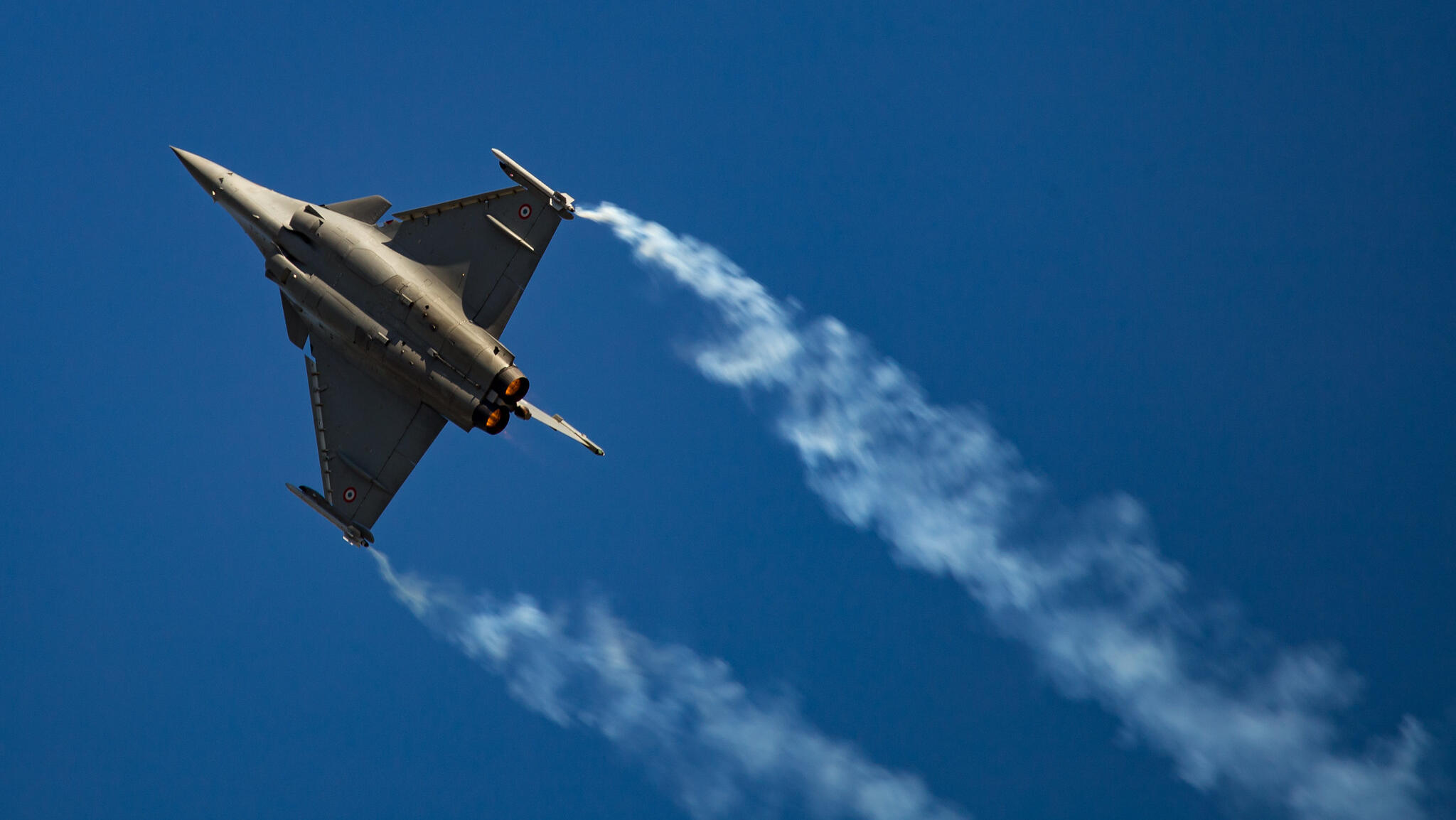Amid surging geopolitical tensions and tariff-driven economic uncertainty, Europe is committing to a level of defence spending not seen since the Cold War. The implications are far-reaching, from public finances and industrial policy to cross-border investment flows and regional innovation.
NATO’s latest pledge - ratified at the 2025 summit in The Hague - calls on members to raise defence expenditure to 5% of GDP by 2035, including 1.5% earmarked for defence infrastructure and cyber resilience.
This marks a dramatic shift from the post-Cold War norm and requires a wholesale economic transformation across a continent long accustomed to peace dividends.
According to Goldman Sachs, Europe’s new rearmament efforts are catalysing significant fiscal expansions. Germany’s commitment alone includes a €500 billion infrastructure and energy package, while the EU’s broader "ReArm Europe Plan" outlines €800 billion in defence commitments by 2030.
The economic consequences of this pivot are already reverberating through markets and policy circles.

Balancing Security and Sovereignty
Europe’s security push is increasingly colliding with fiscal constraints. Countries like France, Italy, and Spain, already under EU Excessive Deficit Procedures, have limited fiscal space to manoeuvre.
New escape clauses in the EU’s Stability and Growth Pact allow deviations from budget rules of up to 1.5% of GDP - but only if spending is directed toward defence.
Germany, which recently amended its constitution to exempt defence spending from its strict debt brake, may be setting a precedent.
Meanwhile, Sweden and others are modifying national fiscal rules to enable the required investments. Yet, questions remain about the long-term sustainability of such fiscal loosening.
Will Defence Drive Growth?
Economists argue that military spending can be expansionary, depending on how the money is spent.
Goldman Sachs Research suggests every euro invested in defence can generate between 60 and 70 cents of GDP, potentially lifting EU GDP by 2 - 3 percentage points over four years.
The key is composition. Investment in equipment, infrastructure, and R&D tends to yield longer-term growth than personnel-heavy spending.
Europe’s plans to modernise energy grids and digitise military logistics could have broader productivity benefits, while reindustrialisation efforts are spurring demand across sectors from chemicals and construction to software and power generation.
Industrial Gaps and Strategic Risks
Europe’s defence transformation faces severe structural hurdles. Decades of underinvestment have left the continent’s defence industrial base fragmented and undersized.
According to figures from the OECD, 64% of arms imported by European NATO countries originate from the United States. A lack of local production capacity in critical systems like air and missile defence, drones, and advanced cyber capabilities compounds the problem.
Efforts are underway to close these gaps. The EU’s €150 billion SAFE programme incentivises procurement from European firms, while France is pushing a strategy of "strategic autonomy".
Still, Europe remains deeply reliant on transatlantic supply chains, a vulnerability as US political uncertainty and China’s assertiveness continue to reshape global trade.
Markets and Investment Opportunities
Despite the risks, Europe’s defence pivot has unlocked investment opportunities as European defence stocks surge.
Rheinmetall:
- JPMorgan analysts raised their price target for Rheinmetall from €2,100 to €2,250 and reaffirmed an “Overweight” rating, forecasting 25% organic sales growth through 2030.
- Deutsche Bank also raised its price target for Rheinmetall to €1,950, citing Germany’s pledge to boost defence spending to 3.5% of GDP by 2029.
- UBS analyst Sven Weier reaffirmed his Buy rating on Rheinmetall, raising the target price from €1,840 to €2,200.
BAE Systems:
- Jefferies assigns a Neutral rating with a 1,360 pence target, noting solid free‑cash‑flow prospects.
- BofA's Benjamin Heelan upgraded BAE Systems from Underperform to Buy in June, raising the target from 1,515 pence to 2,280 pence.

Thales:
- Deutsche Bank’s Christophe Menard lifted Thales’s price target to €265 in March, retaining a “Buy” view.
- Jefferies maintained a Hold rating but bumped its target from €240 to €250 amid a strategic shift back to civil aerospace.
- Citi raised its 12-month price target for Thales to €284 from €250, citing a “stronger-for-longer” outlook underpinned by projected 9.4% profit growth through 2030 on the back of sustained European defence spending.
Additionally, companies tied to infrastructure, grid upgrades, 3D modelling, industrial gases, and logistics are emerging as secondary beneficiaries.
Active investors are particularly well-positioned. Europe’s equity markets exhibit lower analyst coverage and slower information diffusion, creating a rich alpha environment.
Goldman Sachs notes that over the past decade, 74% of European managers beat their benchmarks, compared to just 44% in the U.S.
Banks and financials stand to gain as well. Europe’s corporate landscape remains bank-reliant, and large infrastructure and defence projects are triggering loan demand.
If broader European capital markets reform progresses, asset managers and diversified banks could benefit further from the region’s pivot toward long-term investment.
The Big Picture: Trade, Technology, and Political Will
Tariff tensions, notably with the U.S., continue to cast a shadow over Europe’s growth outlook. President Donald Trump’s new round of tariffs has further complicated transatlantic trade, especially for capital goods and industrial inputs.
Europe’s dependency on imports - whether raw materials from China or digital infrastructure from the U.S. - has become a growing liability.
Meanwhile, defence-related innovation is expected to surge. As seen in the United States, government-funded research can spark widespread commercial applications. Europe’s biotech, AI, and cybersecurity firms could play a transformative role if given the right funding and policy support.
However, all of this hinges on political unity. Achieving the 5% GDP target will require not just financing, but social consensus. Nations will face tough decisions on reallocating public funds, especially in ageing societies with heavy pension and healthcare burdens.
A Test of Resolve
Europe’s decision to rearm may shape its economic future for decades to come. If implemented effectively, the continent’s defence drive could deliver not only security but also economic revitalisation, innovation, and greater strategic autonomy.
But the road ahead is steep, and success will depend on political resolve, fiscal credibility, and the ability to turn security needs into industrial strength.



